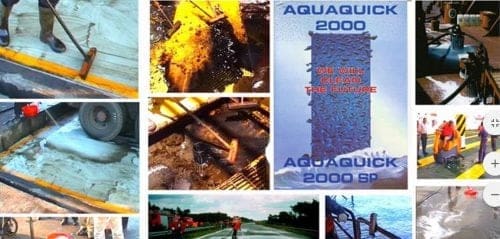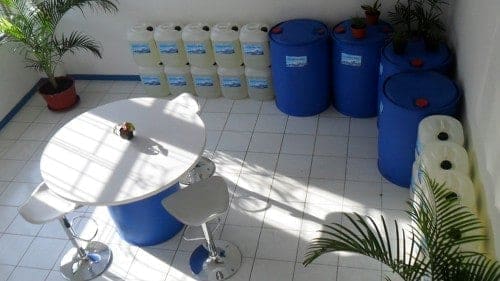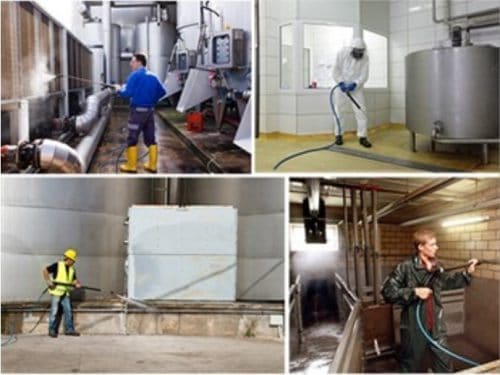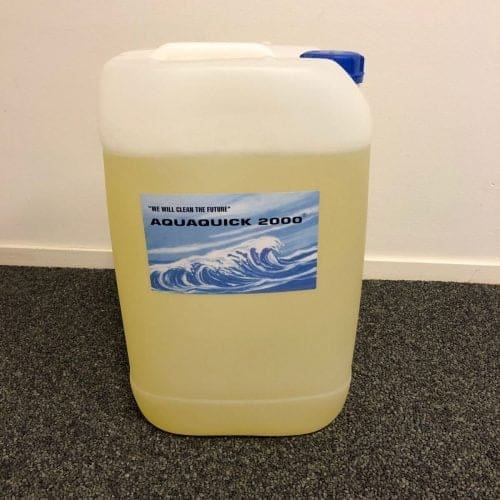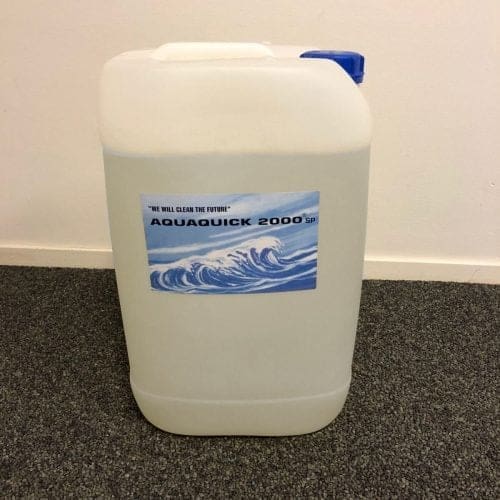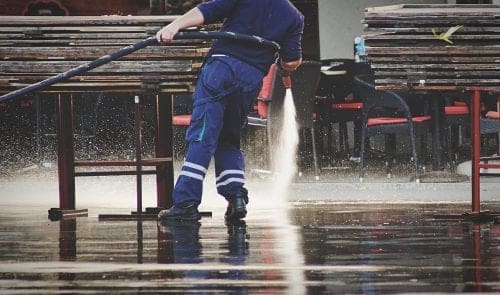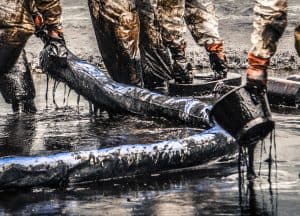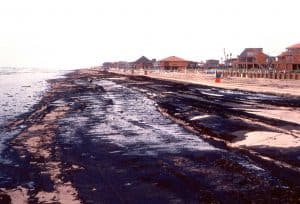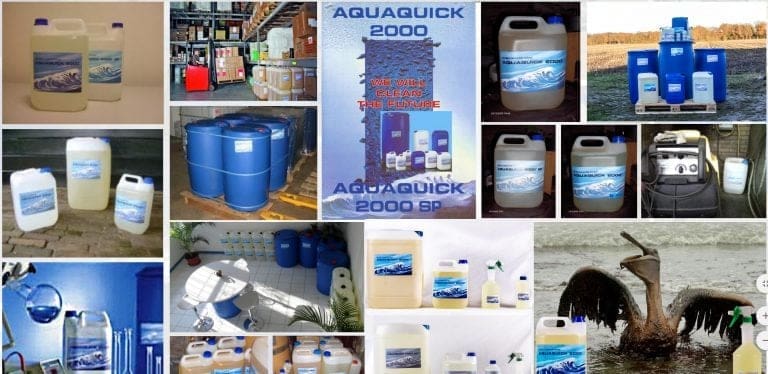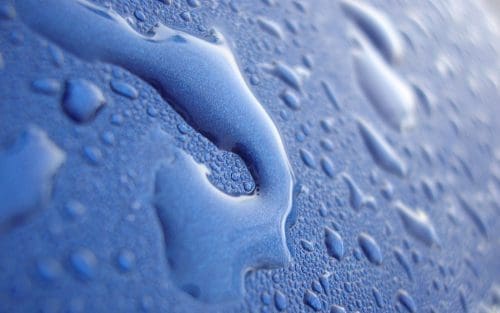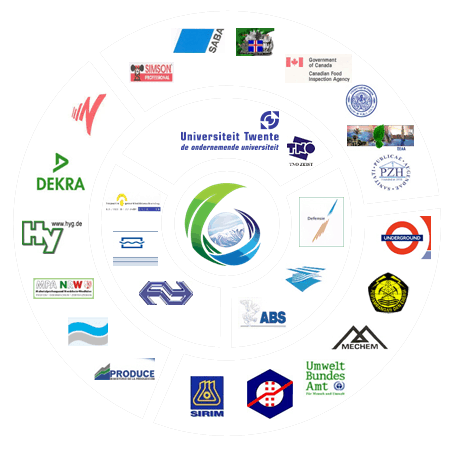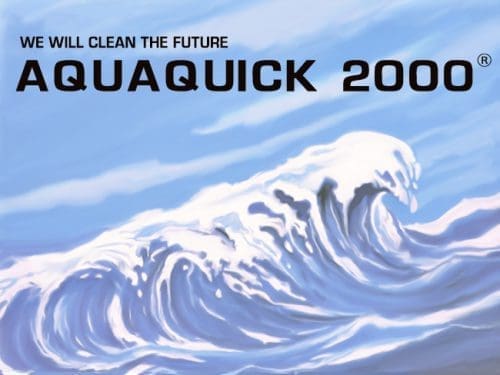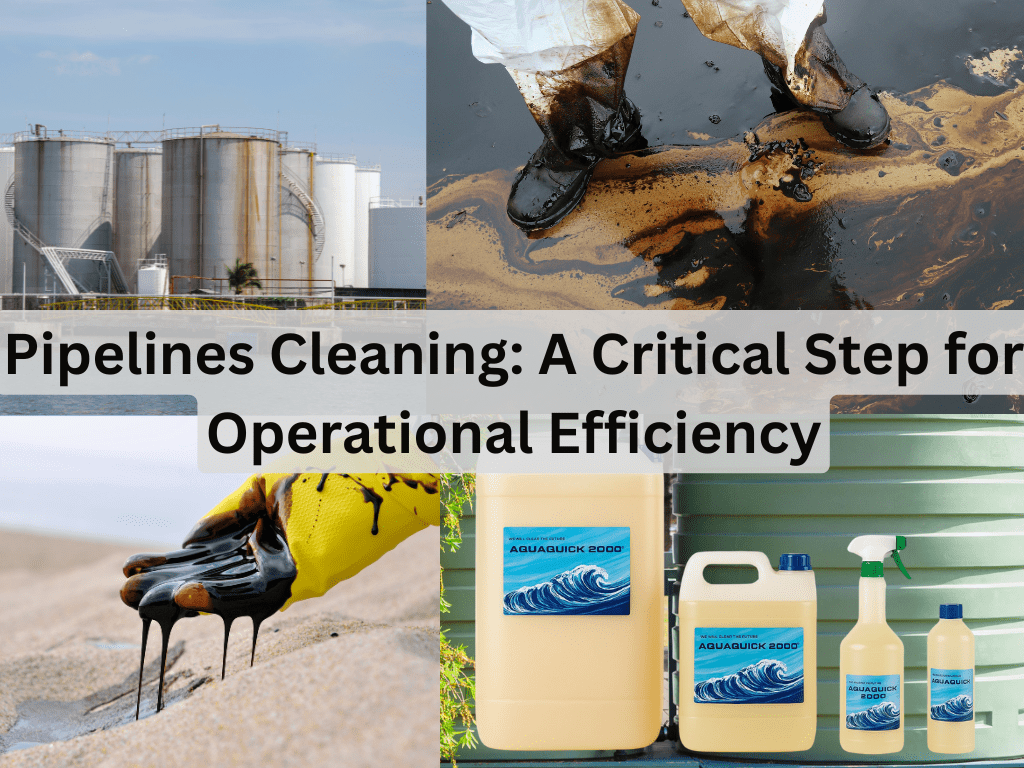Why Pipeline Cleaning is Essential
In industrial and municipal systems, pipeline cleaning plays a vital role in ensuring fluid transport remains safe and uninterrupted. Over time, pipelines can accumulate scale, sludge, hydrocarbons, or microbial contaminants. These deposits restrict flow, increase pressure, and can lead to system failures or contamination.
Routine pipeline cleaning prevents corrosion, ensures optimal flow rate, and prolongs the life of the pipeline infrastructure. Whether you’re managing oil pipelines, chemical lines, or water systems, cleaning should be part of your scheduled maintenance protocol.
Methods of Pipeline Cleaning
There are several cleaning techniques available, depending on the type of pipeline and the contaminants involved:
- Mechanical cleaning involves pigging systems to scrape away buildup inside the pipeline.
- 化学清洗 uses specialized cleaning agents to dissolve sludge, grease, or other residues.
- Hydro-jetting utilizes high-pressure water to flush debris and clean surfaces.
Each method comes with its benefits and limitations. For grease-heavy or hydrocarbon-laden pipelines, chemical-based solutions often provide the most effective results.
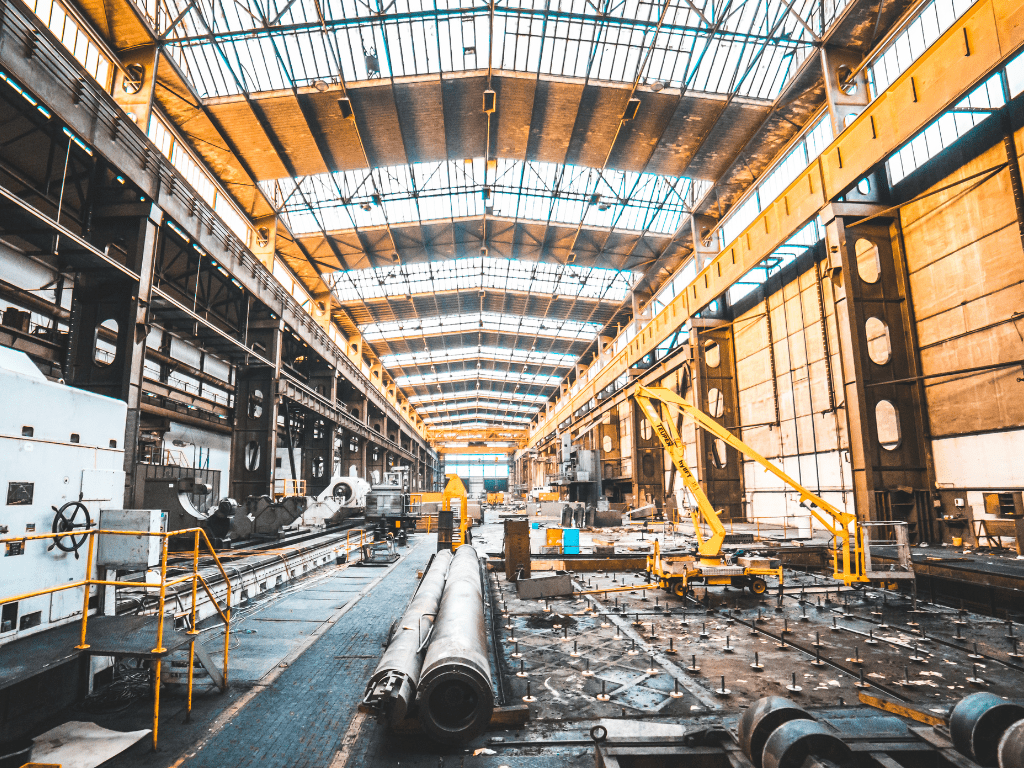
Choosing the Right Pipeline Cleaning Agent
When selecting a product for pipeline cleaning, the goal is to ensure that the cleaner removes contaminants without damaging the internal surface of the pipes. AQUAQUICK 2000 is a popular choice in many industries due to its non-corrosive and coating-friendly formula. It works efficiently with high-pressure water systems and can also be flushed manually where needed.
Because it’s fully biodegradable and non-toxic, AQUAQUICK 2000 is ideal for systems that must meet environmental safety regulations, such as in food, marine, and oil & gas industries. When diluted and used correctly, it effectively breaks down hydrocarbon waste without compromising the integrity of the pipeline.
Frequency and Monitoring
The frequency of 管线 清洁 depends on the type of fluid, temperature, and operating environment. For high-risk systems, such as crude oil pipelines or wastewater treatment lines, monitoring with sensors and performing regular inspections can help determine when a cleaning is due.
Stay Ahead with Preventive Maintenance
Neglecting pipeline cleaning can lead to serious blockages, leaks, and costly shutdowns. Whether you operate in manufacturing, marine transport, or oil & gas, make cleaning a part of your risk management plan. Use reliable, eco-safe solutions like AQUAQUICK 2000 to ensure long-term efficiency.

